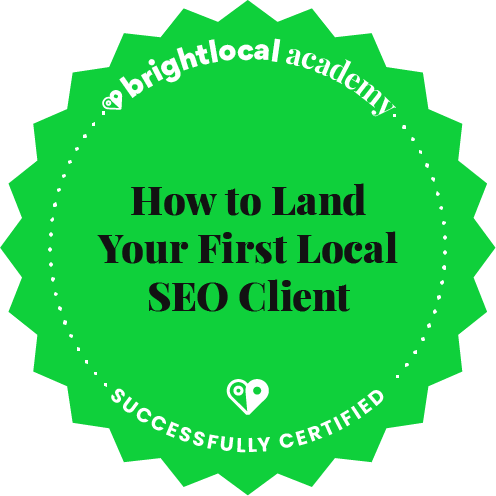Voice Search Optimization Beyond SEO: Designing for Conversation | Marketing Mishrag
🎤 Introduction: Voice Search Is Evolving—So Must Your Strategy
With over 50% of searches now voice-based, optimizing just for keywords is no longer enough. Smart assistants like Alexa, Siri, and Google Assistant don’t respond to typed queries—they answer human conversations.
In 2025, brands must shift from SEO to VEO (Voice Engine Optimization)—focused on tone, natural language, and user intent.
🧠 Why Traditional SEO Falls Short in Voice Search
| Text Search | Voice Search |
|---|---|
| “Best hotels Mumbai” | “What are the best hotels near Gateway of India under ₹5,000?” |
| Short-tail keywords | Long-form, question-based |
| Rank-based results | Single featured snippet or answer |
| Visual options | Spoken, immediate |
Voice queries are longer, more specific, and contextual—and so your content must be too.
🗣️ Key Pillars of Voice Search Optimization
🔸 1. Conversational Keywords
Use natural phrases like:
-
“How do I…”
-
“Best way to…”
-
“What’s the easiest method to…”
🔸 2. Answer-Based Content Structure
-
Add FAQs to every page
-
Use H2/H3 headers with question format
-
Keep answers brief (30–50 words) for featured snippet eligibility
🔸 3. Local Voice Optimization
-
Optimize for “near me” searches
-
Use Google Business Profile updates regularly
-
Include local landmarks, hours, and ratings in content
📢 Tools & Platforms That Enhance Voice Optimization
| Tool | Purpose |
|---|---|
| Answer the Public | Extract conversational keyword phrases |
| Google Search Console | Monitor voice-triggered rich results |
| SEMrush Voice Search Tracker | Analyze position in voice search snippets |
| Speakable Markup (Schema.org) | Helps smart assistants detect spoken content |
💬 Examples of Voice-Centric Content Formats
-
Conversational Blog Intros
“Wondering how to boost Instagram engagement without paid ads?” -
Voice-Friendly How-To Snippets
“Here’s the easiest way to clean white shoes using household items.” -
Local Queries
“Where can I find vegan food near Bandra after 10 pm?”
🔍 The Role of AI & NLP in Voice Search
Modern smart assistants use natural language processing (NLP) and machine learning to:
-
Understand context & sentiment
-
Anticipate follow-up questions
-
Deliver conversational continuity
That means content needs to be emotionally aware, concise, and context-driven.
✅ Best Practices for Voice-First Content
🧩 Use Schema Markup for Speakable content
✍️ Write like you talk—simple, clear sentences
📍 Geo-optimize your listings
🎯 Focus on user intent, not just keyword density
💡 Provide direct answers early in your content
💼 Case Study: Zomato’s Voice SEO Boost
Zomato restructured its content into question-based formats like:
-
“What are the best budget-friendly Chinese restaurants in Gurgaon?”
With Google Assistant integrations and local schema markup, they saw:
🔹 60% rise in clickless voice conversions
🔹 32% more featured snippet captures
🔹 Increase in table reservations via voice assistants
🔮 Future of Voice in Marketing
-
Conversational Commerce via voice (“Order my usual from Blinkit”)
-
Voice AI chatbots on websites
-
Multilingual voice search optimization (especially in India)
-
Visual + Voice search (hybrid experience on mobile AR)
✅ Conclusion: Speak the User’s Language
In a voice-first world, brands must speak human, not algorithm.
Marketing Mishrag encourages every brand to move beyond text SEO and embrace VEO—Voice Experience Optimization.
Because the future of search… talks back.





0 Comments